Tag: HVAC technician
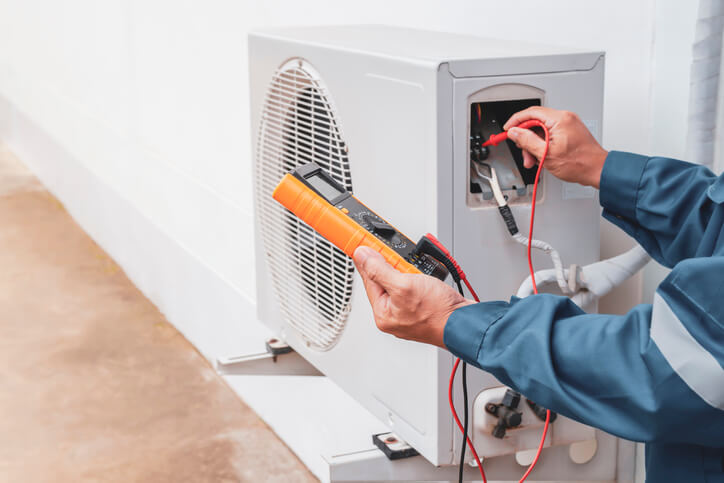
A technician is only as good as his tools, so the old saying goes. While an HVAC technician career is notable for its low entry barrier, quality tools are an indispensable expense for budding technicians. As a recent graduate entering the workforce and industry, you may need to manage your budget efficiently, particularly at the earliest stages of your career. One of the first steps in establishing yourself as a capable HVAC professional is assembling a toolkit that equips you for success without breaking the bank. This blog will explore how HVAC technician grads can build a comprehensive toolkit on a budget.
Prioritize Essential Tools While Exploring Budget-Friendly Brands
Start by identifying the essential tools required for your day-to-day tasks. A reliable set of basics includes a quality multimeter, screwdrivers, pliers, wire strippers, and a utility knife. These tools are the backbone of any HVAC technician’s arsenal and should be your first investment. Seek out affordable yet durable options to strike the right balance between quality and cost.
Several reputable brands offer high-quality tools at reasonable prices. Research and compare different brands to find the best value for your money. While investing in durable tools is essential, budget-friendly alternatives often perform just as well as their pricier counterparts.

Take Advantage of Starter Kits and Consider Second-Hand Options
Some manufacturers offer starter kits specifically designed for entry-level technicians. These kits often include various essential tools at a discounted price compared to purchasing each item individually. While you may eventually need to supplement your toolkit, these starter kits can be an excellent way to start without breaking the bank.
After your HVAC technician training, consider second-hand or refurbished tools in your toolkit quest. Seasoned technicians frequently upgrade their toolkits, allowing you to secure dependable tools at a significantly lower cost. Explore online marketplaces and local tool swaps, or tap into your professional network to unearth potential deals. In addition to stretching your budget, this approach will allow you to access quality tools with a proven track record, serving you well at the beginning of your HVAC career.
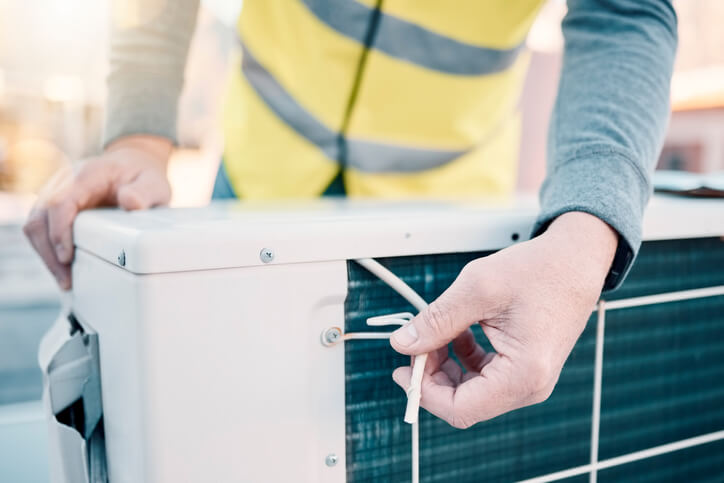
Build Gradually During Your HVAC Technician Training While Investing in Versatile Tools
When assembling a budget-friendly toolkit, focus on versatile tools that perform multiple functions. Opting for quality items like an adjustable wrench or a multi-bit screwdriver saves money and conserves valuable space in your toolkit. Choosing tools that can handle various tasks enhances efficiency and ensures you’re well-prepared for the diverse challenges you may encounter in your HVAC technician career.
Ultimately, assembling a toolkit is an ongoing process. Begin with fundamental tools and incrementally expand your collection as your budget permits. The advantage of this strategy is that it alleviates financial strain and allows you to determine which tools are essential for your specific job responsibilities. With this approach, you can tailor your toolkit to meet your evolving HVAC technician needs, ensuring a cost-effective and well-curated set of tools in the long run.
Interested in obtaining your HVAC technician diploma?
Contact NATS for more information.
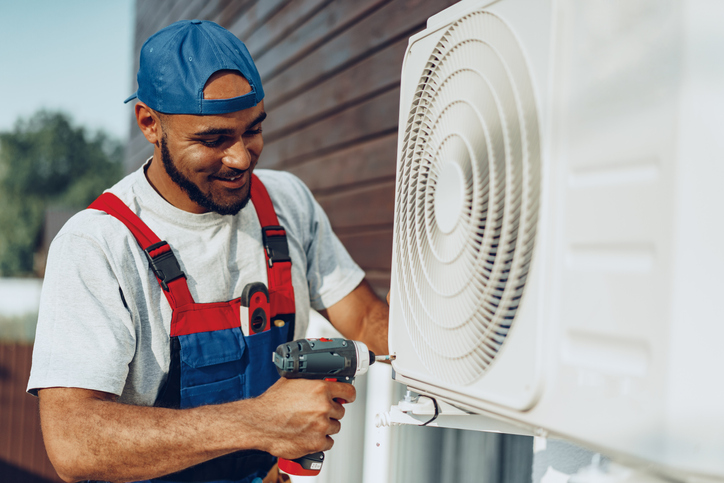
HVAC (Heating, Ventilation and Air Conditioning) systems are great for making life more comfortable. But when they’re not installed properly, they can be dangerous–causing fires, explosions or emitting toxic fumes. If you’re considering a career as an HVAC technician, you’ll be responsible for installing, repairing and maintaining these systems. In order to do so safely, you’ll need to be well versed in industry regulations and practices. When working with systems that utilize natural gas, propane, butane, hydrogen, methane, and mixed gasses, you’ll be adhering to a variety of gas codes or guides that dictate how to safely install and repair these systems based on the type of gas you’re working with.
At North American Trade Schools (NATS), you’ll become familiar with relevant gas codes–in addition to building other practical skills and knowledge for a career as an HVAC technician. Below, learn more about what gas codes are and why your knowledge of them will be important after completing your HVAC training at the North American Trade Schools.
What are Gas Codes?
Gas codes are used by technicians and inspectors to guide the safe installation of appliances and piping. As an HVAC technician, you’ll need to ensure that you’re familiar with the codes in the municipality where you’re working before installing, repairing or inspecting a fuel system. There are several key codes to follow when it comes to working with fuel systems. For one, you’ll learn about the International Fuel Gas Codebook (IFGC), a widely used guide agreed upon by engineers but not to be confused with manufacturer codes. Manufacturer codes supersede the IFGC when the two conflict, as all products from manufacturers, are tested by regulatory agencies before approval.
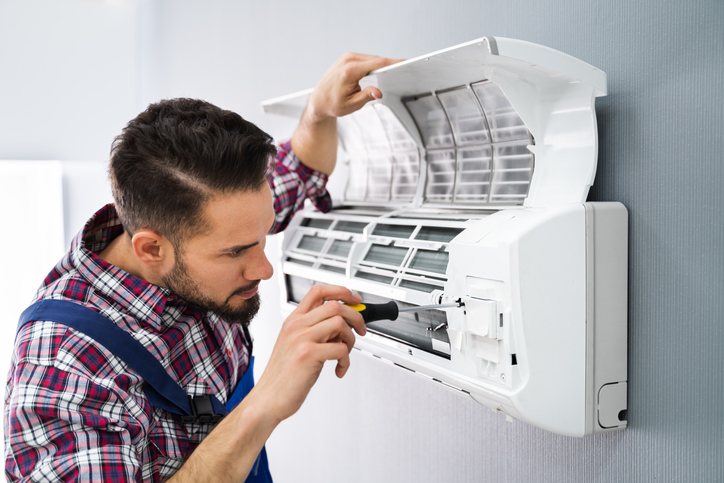
What’s in the International Fuel Gas Codebook?
The International Fuel Gas Codebook contains eight chapters of important safety information. In your HVAC technician courses, you’ll receive guidance on how to interpret and apply the information in the IFGC to your work on site. The first chapter deals with administration; defining what is covered under each code and the provisions put in place for departments of inspection. The second chapter covers important definitions. Chapter three outlines general safety regulations such as hazardous locations for appliances, combustion, dilution air, and ventilation requirements. The following chapters outline best practices for gas piping installations, chimneys and vents, specific appliances, gaseous hydrogen systems and more. Equipped with the knowledge of the IFGC after your training, you’ll be prepared to safely and knowledgeably perform work on any HVAC system.

When Can You Expect to Use Gas Codes as an HVAC Technician?
When you begin your career in HVAC, you’ll use the IFGC and other regional and manufacturer gas codes to guide your approach to installing, maintaining, and repairing gas systems. Throughout your career, you’ll want to consistently refresh your knowledge of gas codes, keeping updated on any regulatory changes.
If you’re seeking a career as an HVAC technician, it’s important to prepare for the workforce with hands-on instruction and gain practical experience using state-of-the-art equipment. At NATS, our HVAC Technician Diploma Program offers a high level of support for students, and you can expect to learn everything you need to know about gas codes and safety regulations from our experienced instructors.
Ready to start HVAC school?
Contact NATS today!
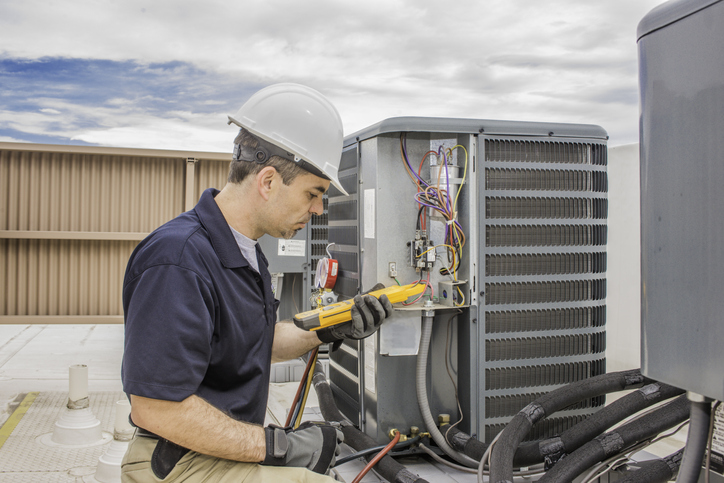
If you’re pursuing an HVAC career, one of your main responsibilities will be to service and repair air conditioning units. Along with other routine maintenance tasks, you’ll need to perform refrigerant pressure checks. Refrigerants are chemical compounds which absorb heat from the surrounding environment. During a refrigerant cycle, refrigerants will repeatedly change from a fluid to a gaseous state depending on their temperature, moving through the cycle’s components in order to reroute heat to other areas. Refrigerants are used mainly in air-conditioning systems, heat pumps, refrigerators, and freezers.
At NATS, you’ll receive hands-on training to pursue an HVAC technician apprenticeship, learning how to install and maintain gas and propane heating systems, air conditioning units, and ventilation equipment for both commercial and residential environments. Below, get a head start on your training by discovering a few key things to note about checking refrigerant pressure.
Checking Refrigerant Pressure Requires an Understanding of the Refrigerant Cycle
As an HVAC technician, understanding the ins and outs of refrigerant pressure won’t be possible without basic knowledge of refrigerant cycles. Refrigerant cycles consist of four basic components: the compressor, condenser, expansion device, and evaporator. The compressor is what uses the most power in an HVAC system–responsible for compressing gaseous refrigerant in a cooler state to a high-pressure, high temperature vapour. From here, the refrigerant is cooled by the compressor, a coil filled with hot refrigerant which wraps around the system to diffuse heat. Next, the expansion device works to reduce the refrigerant pressure quickly to prepare it for evaporation. Evaporation will occur in the evaporator, which boils the refrigerant. Through these exchanges in energy and changes in matter, refrigerant regulates the temperature of a system.
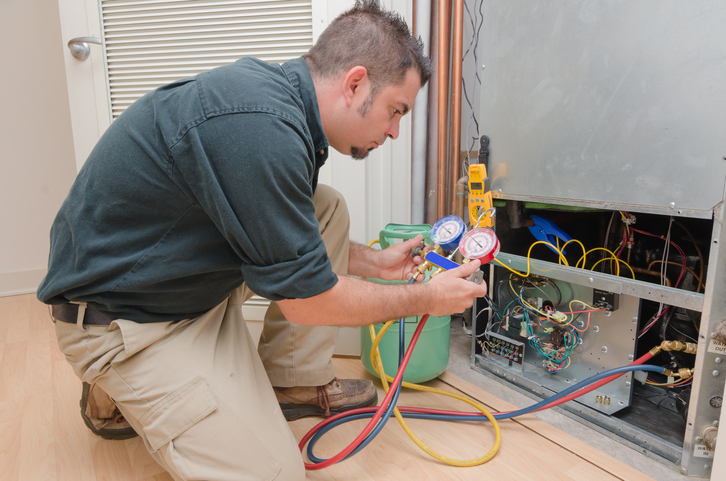
What Condensing Pressure of a Refrigerant Means for an HVAC Technician
When refrigerant changes from a gas to a liquid within a cycle, this creates what’s known as condensing pressure; a form of condensation. This occurs when refrigerant moves through the condenser, releasing heat as its temperature drops to the temperature of condensation. The condenser is a cooling system composed of tubes which expand over a large surface area to remove the greatest possible amount of heat. The condensing pressure, which results from the release of heat and sudden drop in temperature, can be read by a pressure gauge. While this gauge can be placed anywhere between the metering device and compressor, it should be placed as close as possible to the condenser in order to obtain an accurate value. During your HVAC technician career, it’s important to remember that a higher-than-normal pressure could indicate problems with the condenser coil, broken or faulty fans, or even leaking refrigerant.
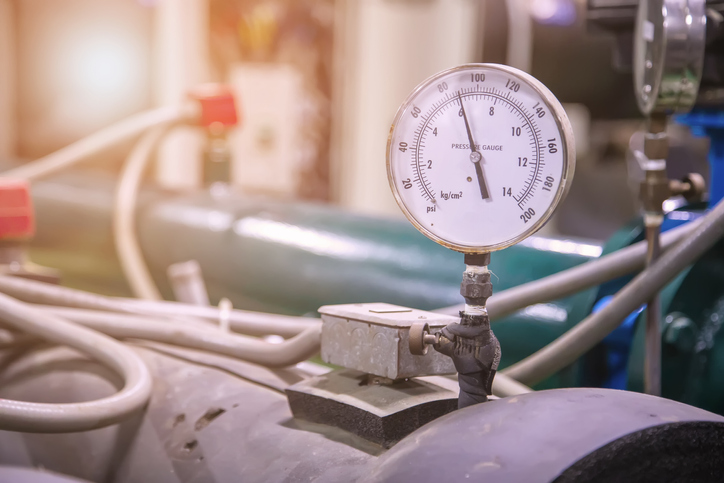
Evaporating Pressure is the Opposite of Condensing Pressure
When you enrol in HVAC technician courses, you’ll also become familiar with refrigerant’s evaporating pressure. A refrigerant’s evaporating pressure is the opposite of condensing pressure. During this phase, the refrigerant chemical compound is vapourized, changing from a liquid to a gaseous state and absorbing heat from its surroundings. When the refrigerant moves through the suction line and evaporator, the valve and line pressure drop. As with condensing pressure, the evaporating pressure can be read using a pressure gauge that’s situated and connected anywhere between the compressor and metering device. A refrigerant’s chemical compound enters the evaporator as a low pressure, cold liquid, but as it absorbs heat, it begins to boil and evaporate.
Are you interested in HVAC school?
Contact NATS for more information about our training programs!
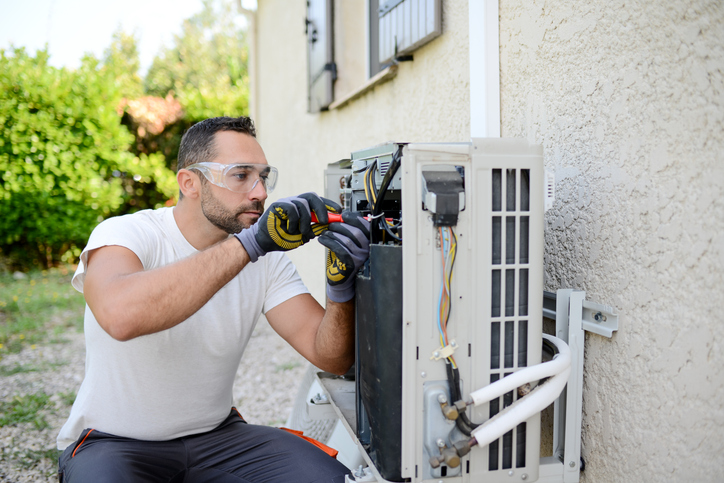
For an aspiring technician looking to work in the HVAC industry, it’s important to know the common issues your customers may encounter that’ll require your expertise in repairing and resolving those issues. HVAC challenges can sometimes have simple solutions when it comes to repairs, but if not handled immediately and properly, they can cause further damages as well as more time and money to fix.
At NATS, you’ll gain hands-on training through our HVAC pre-apprenticeship program. You’ll learn how to install and maintain gas and propane heating systems, as well as ventilation and air cooling equipment for both residential and commercial environments. Your training will prove to be valuable to customers as you work on resolving common HVAC challenges.
Read on to find out the three common challenges you’ll face in your career!
1. As an HVAC Technician, You May Encounter Pilot or Ignition Issues
One of the common HVAC challenges you’ll encounter might have to do with the gas furnace’s pilot or ignition unit. When this issue is present, it prevents the furnace from dispersing any sort of heat around a unit or home, which can be a big problem in extreme cold weather conditions.
Ignition problems for the furnace can be caused by dirty pilots or flame sensors. As a professional HVAC technician, you’ll have to examine these furnace components, as their malfunctioning can cause short-cycling, a pilot outage, delayed ignition of the furnace burners or an entire furnace lockout. You’ll have to assess whether the furnace components have experienced wear and tear over time and need replacement, or whether the issue is related to a gas supply problem.
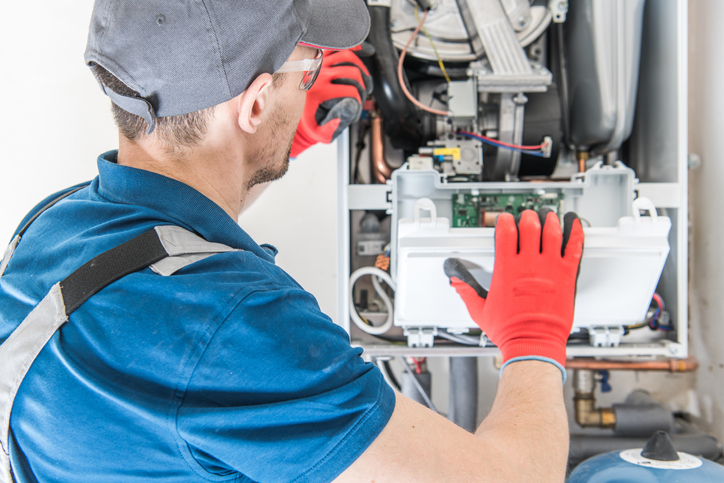
2. Dirty Filters Are Most Common
After you complete your training from an HVAC school, you may get a call from customers regarding poor airflow circulation around their homes or offices. This is most likely related to dirty air filters. Dirty air filters are the most common HVAC challenges you’ll face during your career. However, they’re fairly simple to handle and resolve.
A dirty filter will reduce the lifespan of a customer’s furnace because it places more pressure on the furnace to circulate air. It can also cause it to repeatedly overheat and shut off. You’ll have to replace the dirty filter with a new recommended filter based on its Minimum Efficiency Reporting Value (MERV) rating. The higher the MERV rating of the filter, the better it is for air quality.

2. Wear and Tear of Heating System Components
Another common HVAC challenge you may come across during your career is complaints about the heating system’s ability to generate heat for an entire office or home. This can be the result of the wear and tear of some components in the heating system. You’ll have to check the heating system for the condition of its bearing and belts. You’ll probably have to check if the belts are stretched or worn out, and if they require replacing. Additionally, the heating system’s motors and bearings might not be well lubricated, and in that case, you’ll have to oil them to allow them to run smoothly.
Are you interested in HVAC technician courses?
Contact NATS for more information about our training programs!

For an aspiring technician in the HVAC industry, the first step to securing a job is acing your job interview. A job interview is your chance to make a positive first impression and demonstrate to a potential employer your professionalism and your suitability for the position.
At NATS, you’ll receive pre-apprenticeship hands-on training in gas and propane heating systems, ventilation and air cooling equipment. The training you receive allows you to launch a successful career upon completion. But to make the most of that training, you’ll also need to know how to impress at a job interview. Read on to familiarize yourself with some of the top interview mistakes to avoid!
Arriving Late to Your HVAC Technician Job Interview
If you arrive late for your interview, it could set a bad first impression that can lower your chances of getting hired. Showing up late could signify to an employer that time management may be an issue. If you have that listed as a skill on your resume, it could hurt your credibility. If you arrive late, your interviewer could assume that you don’t value the HVAC Technician job position or the interviewer’s time. To avoid giving off this impression, make sure that you arrive on time or even better, ten minutes early. In doing so, you can avoid running into unforeseen circumstances that may delay your arrival. At the same time, you will demonstrate your reliability as a worker with excellent time management skills.
Dressing Inappropriately
No matter what position you’re applying for after you complete your HVAC technician courses, you always have to dress appropriately for your interview. If you go to an interview wearing an outfit that is too casual, you’re reducing your chances of making a great first impression. When in doubt, go for a smart-casual look.
Your interviewer might also want you to demonstrate your technical skills in HVAC by getting your hands dirty. In that case, make sure you have an additional outfit with you for the technical part of that interview.

Not Preparing for the Interview
Before you attend an interview, it’s always a good idea to prepare for it ahead of time. While preparing, think of the questions your interviewer might ask you about your work experience, education, hands-on training and the skill set that you will bring to the HVAC position.

Your interviewer will likely assess your communications skills, decision-making process, and problem-solving abilities. With another preparation, you’ll be ready to grab the interviewer’s attention as you provide examples that demonstrate your experience and skills in the field.
Are you interested in HVAC school?
Contact NATS for more information about our training programs!
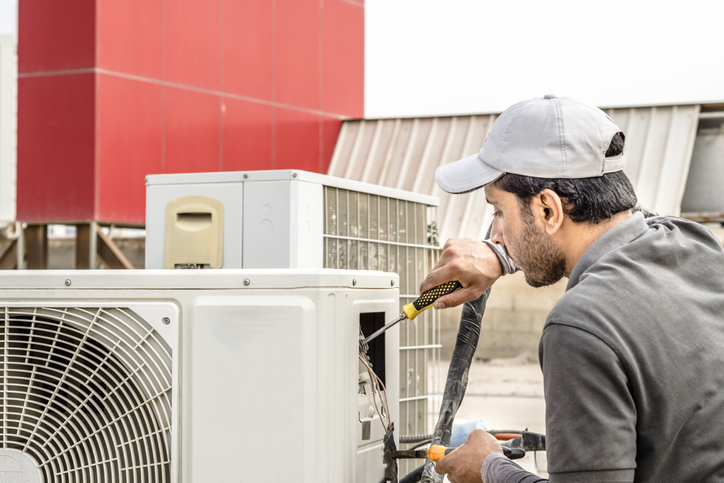
If you enjoy working with your hands and like the idea of servicing heating, ventilation or air conditioning systems, then a career in the HVAC industry is the right choice for you. You’ll apply your hands-on training and practical skills towards a successful and dynamic career. But in order to do so, it’s a good idea to understand what a typical day is like working in the industry.
At NATS, we prepare you for the daily job expectations you will encounter throughout your career. You’ll learn the installation and maintenance of gas and propane heating systems, ventilation and air-cooling equipment for both residential and commercial buildings.
Read on to discover what a day in the life of an HVAC technician is like!
The Work Schedule for an HVAC Technician Depends on the Setting
Whether you enjoy working on a consistent schedule or with on-call shifts, jobs in the HVAC industry offer something for everyone. Your work schedule will depend on your form of employment. When you become an HVAC technician after completing your training from NATS, you’ll get the chance to work for a home building, a commercial business or a construction company. This may give you the opportunity to work regular business hours, on a fixed schedule, or simply when your expertise is needed to troubleshoot issues.
The Start of Your Day Can Vary
After you complete your HVAC technician courses from NATS and start your career in the industry, you’ll realize how dynamic your workday can be. When you work in the HVAC industry, you’ll start your day by going into work and checking the pending tasks that require your attention. You’ll then have to use your organizational skills to manage your schedule and arrange the time to attend to these tasks based on importance.
On the other hand, if you want to become a self-employed contractor, then your day will begin by checking emails or voice messages and answering phone calls from customers requiring your services. No matter how your day starts, you should be prepared to carry your safety gear and tools and start heading over to the locations that require your services.

Prepare Yourself for Different Working Conditions
Working in the HVAC industry allows you to experience different working conditions and different settings. With professional training from NATS, you’ll be prepared to handle the different issues that you may face throughout your career. More specifically, you’ll learn how to check airflow, refrigerant pressure, electrical circuits, burners and other components for various clients. You’ll also be prepared to work safely and efficiently in more challenging work conditions, such as extreme temperatures.

For example, you may have to repair broken furnaces in the middle of winter, when temperatures drop significantly, or repair the air conditioning of a residential or commercial building. Since no one task is the same, you’ll find an exciting and engaging career that puts your skills to the test on a daily basis.
Interested in HVAC school?
Contact NATS for more information!





